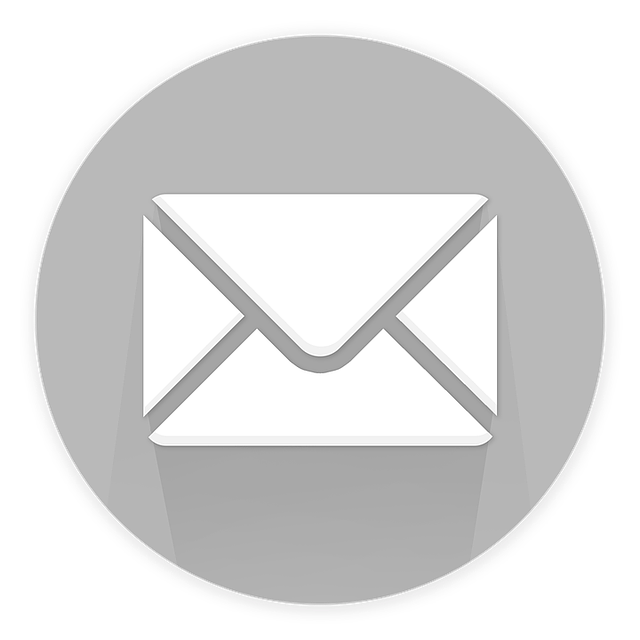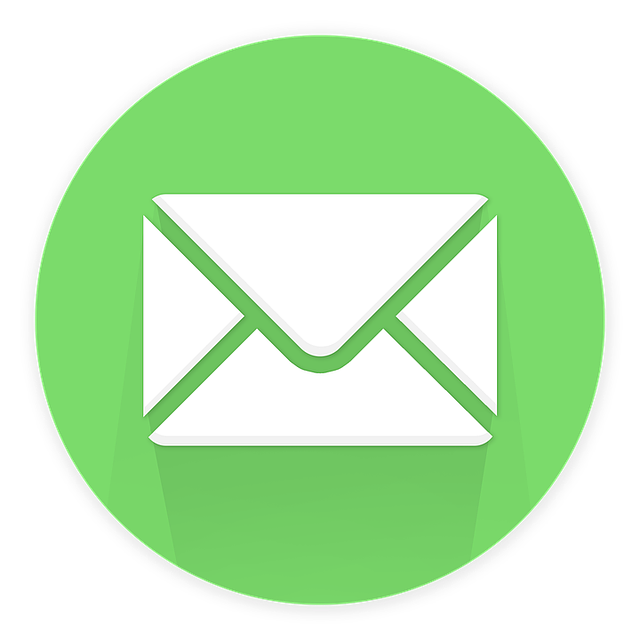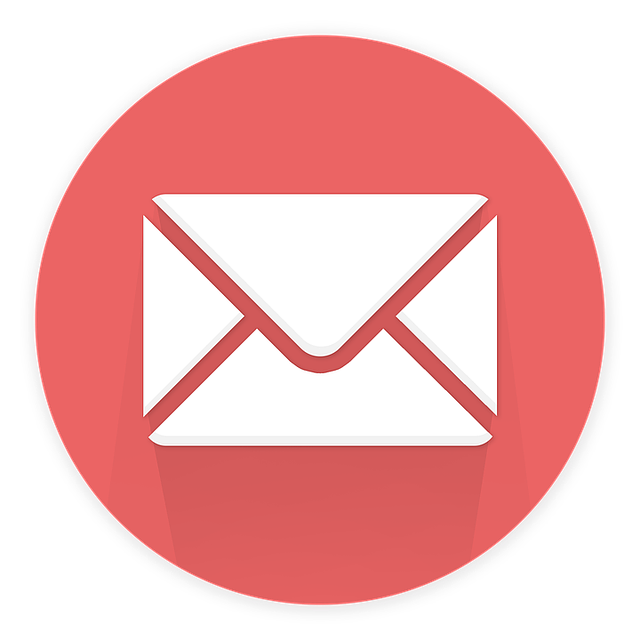Are you struggling to nurture leads in your B2B business? Do you feel like you’re constantly playing catch-up, missing out on valuable opportunities? Well, fear not, because there is a superhero in the world of lead nurturing – email marketing! Yes, you heard it right. Email marketing has the power to transform your lead nurturing efforts and catapult your business to new heights.
In this article, we will delve into the role of email marketing in B2B lead nurturing and how it can revolutionize your approach. We’ll explore the importance of building a targeted email list, crafting personalized and engaging email content, implementing effective email automation, and tracking and analyzing campaign performance.
We’ll also discuss how integrating email marketing with other lead nurturing strategies can create a powerful synergy. So, get ready to unleash the full potential of email marketing and take your B2B lead nurturing to the next level. It’s time to soar above your competition and become the superhero of lead nurturing!
Key Takeaways
- Building a targeted email list and segmenting it based on factors like industry and job title is crucial for effective lead nurturing.
- Crafting personalized and engaging email content, using email personalization techniques and compelling subject lines, can increase engagement.
- Implementing effective email automation ensures that messages reach the right people at the right time.
- Tracking and analyzing email campaign performance, such as open rates, click-through rates, and conversion rates, provides valuable insights for optimizing future campaigns and maximizing ROI.
Understanding the Importance of B2B Lead Nurturing
You may think that generating leads is the primary goal of B2B marketing, but understanding the importance of lead nurturing is the secret weapon that’ll take your business to the next level.
Effective lead nurturing techniques are crucial in building relationships with your leads and guiding them through the buyer’s journey. Nurturing leads through content marketing allows you to provide valuable information and resources that address their pain points and position your business as a trusted advisor.
By consistently delivering relevant content, you can establish credibility and build trust with your leads, increasing the likelihood of conversion. Building a targeted email list is the next step in the lead nurturing process, as it allows you to directly communicate with your leads and deliver personalized content that meets their specific needs and interests.
Building a Targeted Email List
To effectively build a targeted email list, start by identifying your ideal customers and their specific needs. For example, if you’re a software company looking to streamline the sales process, you may want to target other software companies in need of a CRM solution.
Once you have a clear understanding of your target audience, you can begin segmenting your email list based on factors such as industry, job title, or company size. This will allow you to send more relevant and personalized emails, increasing the chances of engagement and conversion.
Additionally, make sure to focus on email deliverability by using a reputable email service provider and regularly cleaning your list to remove inactive or non-responsive contacts.
By following these steps, you can build a targeted email list that will help you effectively nurture leads and drive business growth. Now, let’s explore how to craft personalized and engaging email content.
Crafting Personalized and Engaging Email Content
Crafting personalized and engaging email content is the key to capturing your audience’s attention and fostering a genuine connection with them. By utilizing email personalization techniques, such as addressing recipients by their first name and tailoring the content to their specific interests and needs, you can create a more personalized experience that resonates with your readers.
Additionally, creating compelling email subject lines is crucial in enticing recipients to open your emails and engage with the content inside. A catchy subject line that sparks curiosity or offers value can significantly increase open rates.
As you move forward in implementing effective email automation, it’s important to remember that crafting personalized and engaging email content is just the first step. Transitioning into the subsequent section on implementing effective email automation, you can ensure that your carefully crafted content reaches the right people at the right time.
Implementing Effective Email Automation
Once you implement effective email automation, you’ll be amazed at how effortlessly your messages are delivered to the right people at the right time, revolutionizing your email marketing strategy.
Email segmentation strategies play a crucial role in ensuring that your automated emails are targeted and personalized. By segmenting your audience based on demographics, interests, and behavior, you can send tailored content that resonates with each recipient.
Best practices for email marketing automation include setting clear goals for your automated campaigns, creating a well-defined workflow, and regularly testing and optimizing your emails for maximum effectiveness. Additionally, make sure to use dynamic content and personalization tokens to further enhance the relevance of your automated messages.
By implementing these strategies, you can increase engagement, nurture leads, and drive conversions.
As you move forward, tracking and analyzing email campaign performance will provide valuable insights for further optimization.
Tracking and Analyzing Email Campaign Performance
Get ready to dive into the exciting world of tracking and analyzing your email campaign performance because it’s time to see how your hard work is paying off!
Email analytics is a powerful tool that allows you to measure the success of your email marketing efforts. By tracking metrics such as open rates, click-through rates, and conversion rates, you can gain valuable insights into the effectiveness of your campaigns.
Use this data to identify which strategies are working well and which ones need improvement. With email analytics, you can make data-driven decisions to optimize your future campaigns and maximize your ROI.
As you start to analyze your email campaign performance, it’s important to keep in mind how integrating email marketing with other lead nurturing strategies can further enhance your results.
Integrating Email Marketing with Other Lead Nurturing Strategies
When it comes to enhancing your email campaign performance, you don’t want to overlook the power of integrating email marketing with other strategies. For example, social media or content marketing can be combined with email marketing to create a cohesive and impactful lead nurturing experience.
By combining email marketing with other strategies, you can leverage the strengths of each channel and reach your audience in multiple ways.
One key aspect to consider is email segmentation strategies. By dividing your email list into smaller, targeted segments based on factors like demographics, interests, or past interactions, you can send more personalized and relevant content to each group. This not only improves engagement but also increases the chances of converting leads into customers.
Furthermore, integrating email marketing with social media allows you to extend the reach of your email campaigns. By sharing your email content on social platforms, you can attract new leads, increase brand visibility, and encourage social sharing. It also provides an opportunity for your audience to engage with your brand across different channels.
Integrating email marketing with other lead nurturing strategies is a powerful way to enhance your email campaign performance. By utilizing email segmentation strategies and combining email with social media, you can create a more personalized and impactful lead nurturing experience. Ultimately, this can lead to higher conversion rates and business growth.
Frequently Asked Questions
How does B2B lead nurturing differ from B2C lead nurturing?
In B2B lead nurturing, the focus is on building long-term relationships with businesses, while B2C lead nurturing targets individual consumers.
The key differences lie in the strategies used. B2B nurturing involves personalized and targeted content, multiple decision-makers, longer sales cycles, and relationship building through networking and events.
B2C nurturing, on the other hand, relies heavily on mass marketing, shorter sales cycles, and appealing to individual emotions and preferences.
Understanding these distinctions is crucial for effective lead nurturing in both B2B and B2C environments.
What are some common challenges faced when building a targeted email list?
Building a targeted email list can be challenging, but with the right strategies, you can triumph over these trials.
The key is to focus on your target audience and tailor your approach to their needs.
Be bold and creative in collecting email addresses, using captivating content and compelling calls-to-action.
Remember, building a targeted email list is the first step towards successful lead nurturing.
So, dive in, dazzle your audience, and watch your business soar!
How can businesses ensure their email content is personalized and relevant to each recipient?
To ensure your email content is personalized and relevant to each recipient, you can employ personalization techniques and email segmentation.
Personalization techniques involve using the recipient’s name, addressing their specific pain points, and tailoring the content to their preferences.
Email segmentation allows you to group your recipients based on factors like demographics, behavior, or interests, enabling you to send targeted messages that resonate with each segment.
By implementing these strategies, you can increase engagement and deliver more valuable content to your audience.
What are some best practices for effective email automation in B2B lead nurturing?
To effectively nurture B2B leads, email automation is crucial.
Did you know that segmented email campaigns can increase open rates by 14.31%?
By using email segmentation, you can target specific groups of prospects with personalized content, increasing engagement and conversions.
Automation tools like drip campaigns and triggered emails can help streamline the process, ensuring timely and relevant communication.
By implementing these best practices, you can maximize the impact of your email marketing efforts and drive meaningful results.
How can businesses leverage email campaign performance data to improve their lead nurturing strategies?
To improve your lead nurturing strategies, you can leverage email analytics to gain insights into your email campaign performance. Analyze metrics like open rates, click-through rates, and conversion rates to identify areas for improvement.
Use this data to optimize your email templates, ensuring they’re engaging, relevant, and personalized. Experiment with different subject lines, calls-to-action, and content to see what resonates best with your audience.
Continually monitor and refine your approach based on the data to drive better results.
Conclusion
Congratulations on completing this article about the role of email marketing in B2B lead nurturing!
By understanding the importance of nurturing leads, building a targeted email list, crafting personalized content, implementing effective automation, and tracking campaign performance, you’re well on your way to achieving success in your B2B marketing efforts.
Remember, email marketing is like a carefully woven tapestry, with each thread representing a connection with your audience.
With the right strategies in place, your emails will be like a gentle breeze, guiding your leads towards conversion.
Keep up the excellent work!

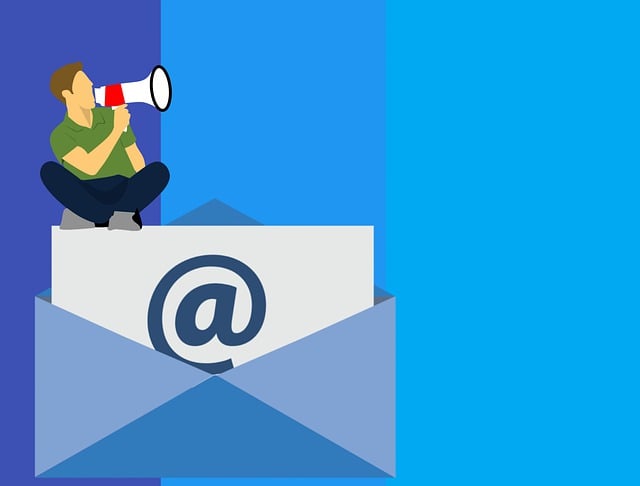

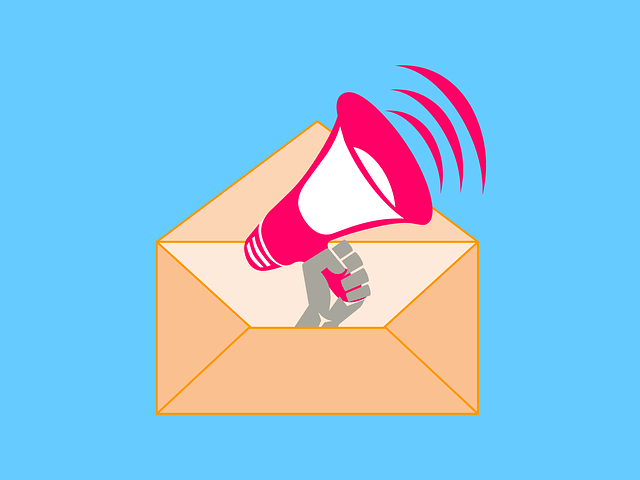

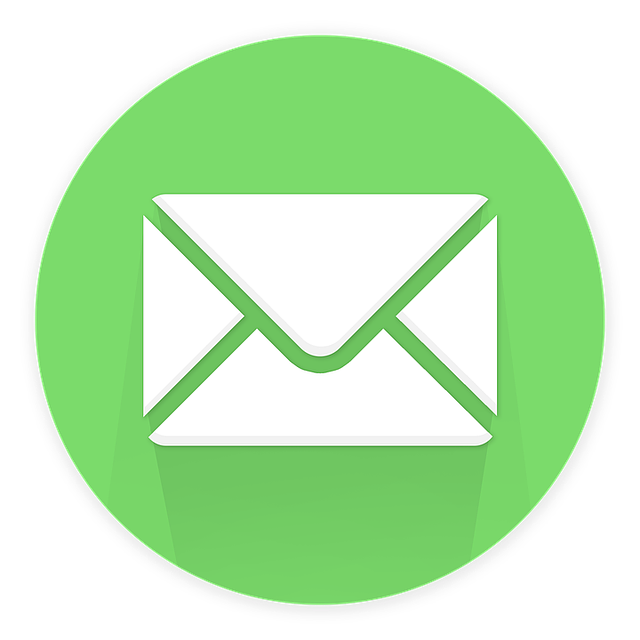
![An image showcasing the evolution of B2B email marketing: a futuristic email inbox displaying personalized messages, interactive elements, automation workflows, advanced analytics, seamless integrations, and optimized mobile experiences, representing the 6 trends to watch in [Current Year]](https://incomeroar.com/wp-content/uploads/2023/07/6-b2b-email-marketing-trends-to-watch-in-current-year.png)
